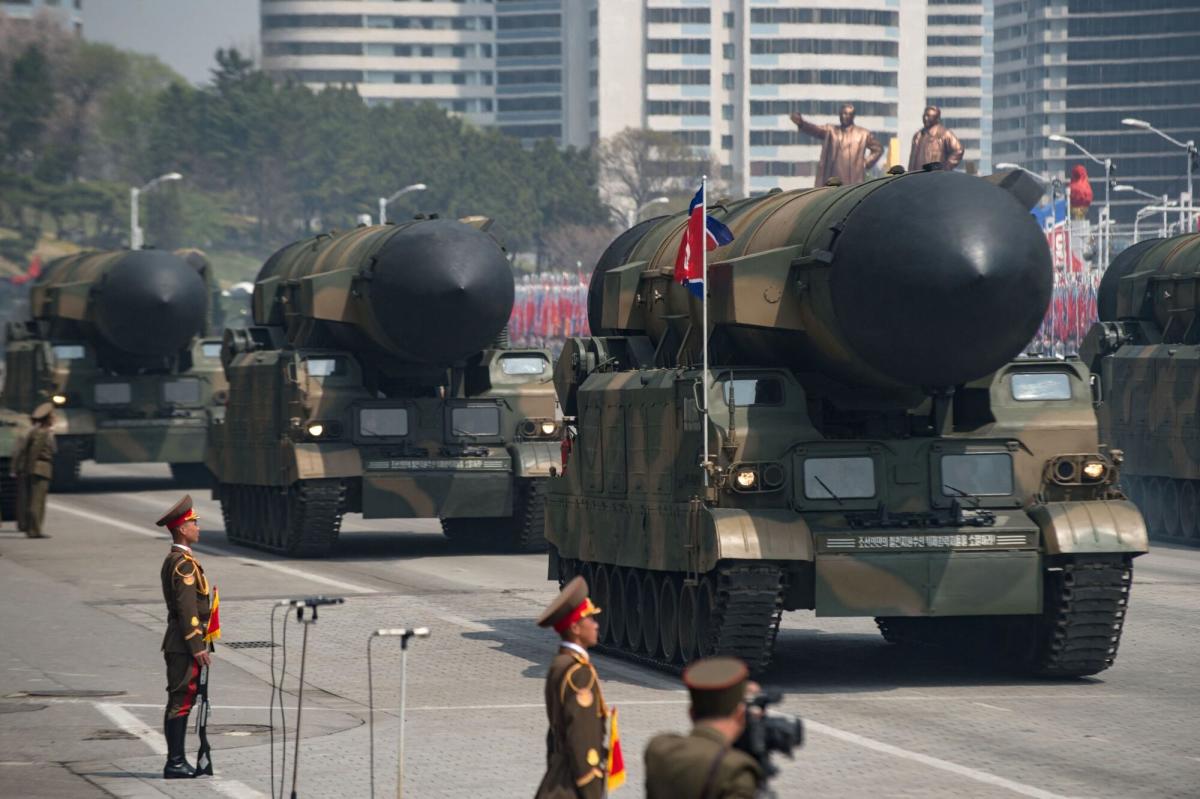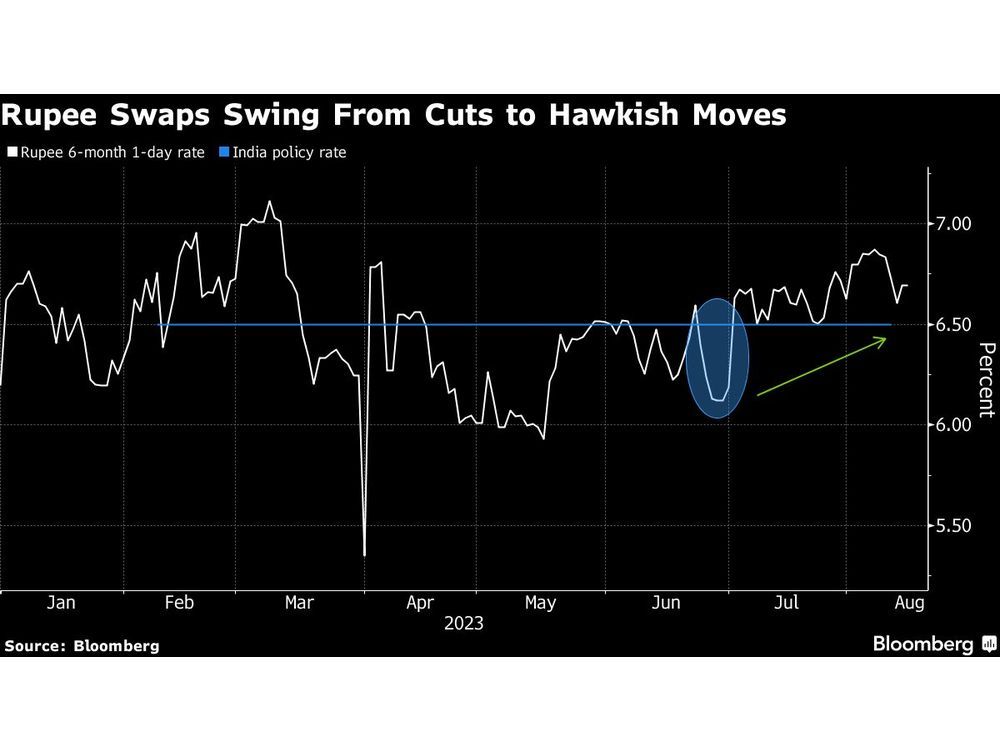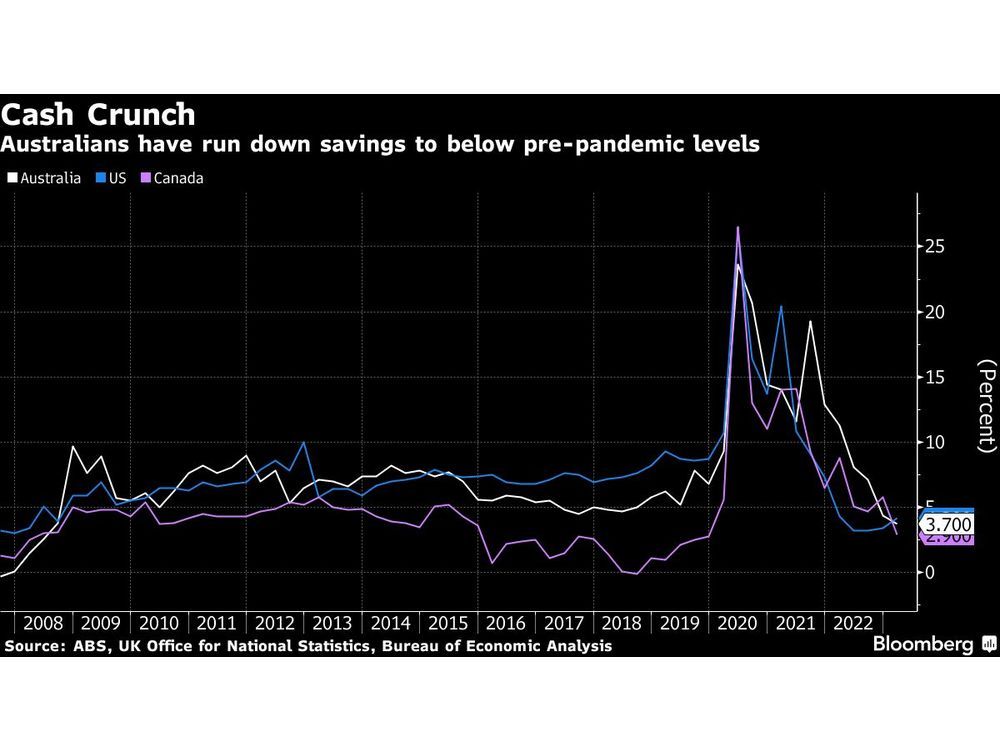Readers are likely aware that conflict in the Middle East has spread to attacks on commercial vessels traveling through the Red Sea.
This has had a global impact, with Maersk’s CEO saying at Davos recently that he expects the disruption to last for “at least a few months”.
ADVERTISEMENT
CONTINUE READING BELOW
Read:
Naturally, the situation has had the effect of collapsing trade through the Suez Canal, as shown below.
Expected versus actual freight volumes through the Suez Canal
Source: Kiel Institute for the World Economy, Reuters
Global freight routing capacity has been further limited by the drought in the Panama Canal.
Thus, many commercial vessels are being forced to reroute through alternative routes, as shown below.
Alternative Asia-to-Europe freight route

Source: Reuters
Simplistically, this has had the result of seeing these alternative routes’ freight rates skyrocket, as seen when using the Shanghai Index as a proxy for east-west trade costs.
Shanghai Containerised Freight Index

Source: Refinitiv as at 17 January 2024
These re-routes have added another two to three weeks to most east-west charters that could create a range of real-world impacts (which we are now all-too familiar with due to the recency of the pandemic-led supply chain disruptions).
Read: Maersk decides Red Sea is too unsafe for its ships
I would like to zoom into those few stocks on the JSE that may actually benefit from this spike in freight rates, particularly if the disruption does last for several months.
There are only two stocks in the shipping industry on the JSE: Santova (SNV) and Grindrod Shipping Holdings (GSH).
Digging a little deeper into the more general transport industry, Grindrod (GND), Textainer (TXT) and Trencor (TRE) emerge as well.
ADVERTISEMENT
CONTINUE READING BELOW
Immediately, we can discard Trencor as a cash shell basically winding up and we can ignore Textainer as a container lessor.
While ships on key routes will benefit from higher freight rates, the containers on the ships are less affected by re-routing them.
Thus, beneficiaries of container lease rates are unlikely to be the best way to benefit from the above.
Grindrod as an owner and operator of mostly port and terminal assets may indirectly benefit from increased trade along its coast. But most of the re-routed volumes are not destined to South Africa (or even Africa) and, thus, Grindrod is unlikely to materially benefit from current events (although it is benefiting from Transnet’s woes, but that is another story).
Finally, while Grindrod Shipping stands as a beneficiary of shipping rates, it operates a predominantly bulk commodity shipping operation. This ties its revenues more to the Baltic Dry Index, which is down around 20-30% since the Houthi attacks started. Thus, Grindrod Shipping is not positioned to win here.
That leaves only Santova. As a non-asset based global logistics company, Santova earns across a range of trade routes that include the East and the West. The group recently entered the important US market.
The group isn’t just well positioned to benefit from a jump in alternative route demand, it should gain from a higher freight rates and an increasingly complex global freight environment pushing more clients to use more of its services and solutions.
Read:
All in all, I still both hold and like Santova. Indeed, current global events just add to its appeal.
While luck does play a role in business and Santova’s current favourable positioning appears lucky, it is amazing how often good, well-run businesses get ‘lucky’.
Keith McLachlan is chief investment officer at Integral Asset Management.
* McLachlan and some portfolios managed by him may hold Santova shares.
#Suez #Canal #investment #rationale







